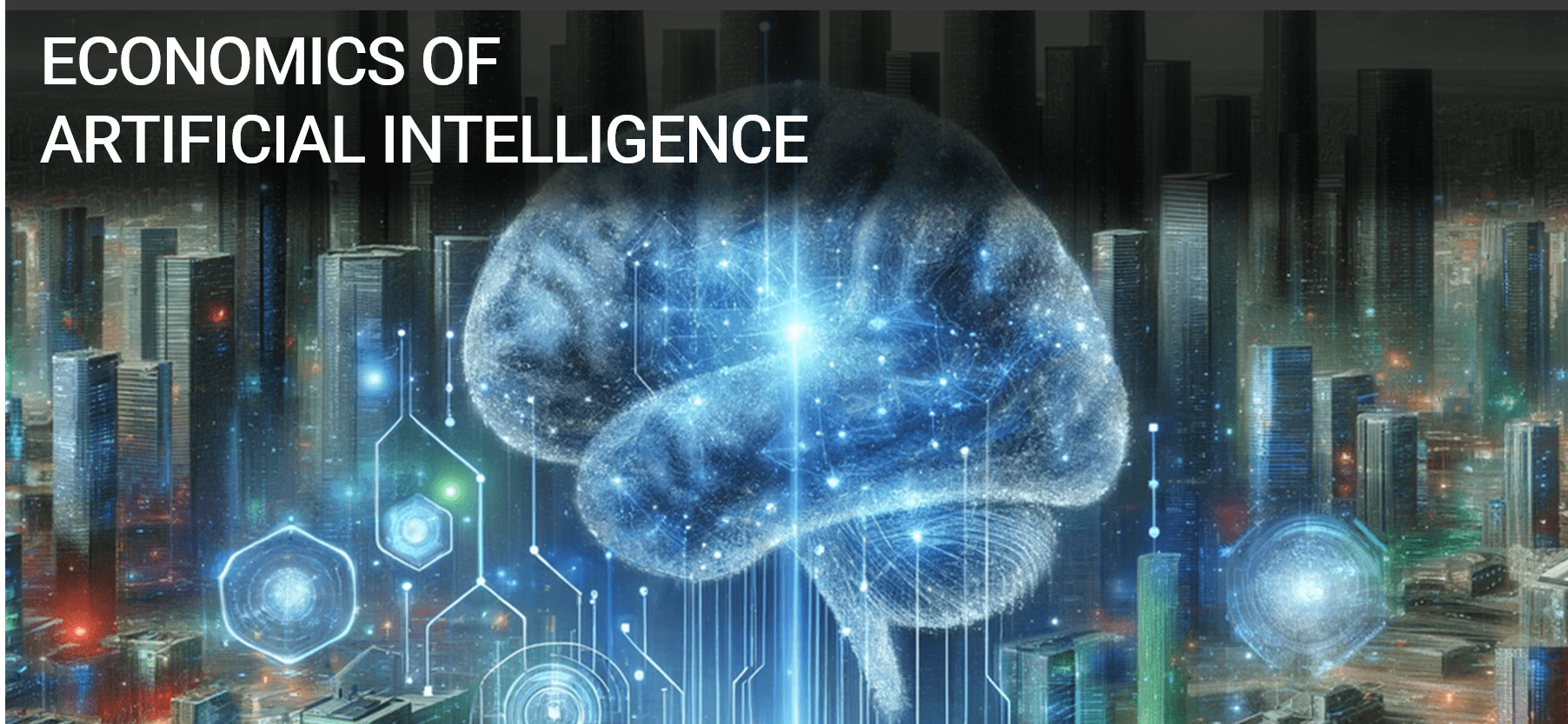
Integrating Artificial Intelligence (AI) into the workforce is revolutionizing industries by significantly enhancing efficiency, productivity, and innovation. This integration is leading to economic impacts such as the creation of new job categories, the transformation of existing ones, and the improvement of decision-making processes. AI’s ability to analyze vast amounts of data quickly and accurately is enabling more informed business strategies and operational improvements. However, it also poses challenges, such as the need for workforce reskilling and potential job displacement in certain sectors. Overall, AI’s incorporation into the workforce represents a pivotal shift in how industries operate, promising both growth opportunities and fundamental changes to the labor market.
Increased efficiency and productivity
Think about the automation of warehouse operations by companies like Amazon. AI-driven systems streamline processes, allowing human workers to concentrate on more nuanced tasks that AI can’t perform. This working “relationship” can enhance productivity and lead to greater profitability for businesses, which is a testament to AI’s potential to amplify human capabilities rather than replace them.
Cost-saving
AI chatbots in customer service can handle several inquiries simultaneously, negating the need for expansive customer service departments and thus trimming costs. By automating tasks, AI can accomplish work faster and more accurately than humans, translating into labor cost reductions that, over time, can markedly bolster a company’s financial health.
Revenue generation
Consider how Netflix employs AI to parse through viewer data, which helps tailor recommendations to keep users engaged. This intelligent data analysis can uncover trends that might elude human scrutiny, opening doors to novel business ventures and sources of revenue that solidify a company’s competitive edge in the market.
Job displacement
With these advancements come challenges, such as the reduction in assembly line jobs due to automation in manufacturing. While AI can spawn new employment opportunities, it can simultaneously phase out existing roles, creating a dichotomy where the future workforce must be agile and continuously learning to adapt to these shifts.
High initial costs
Small businesses might find the initial investment in AI more manageable, with substantial costs associated with technology acquisition and workforce training. These initial expenses necessitate a careful evaluation of potential returns, as the financial leap must justify the eventual benefits.
Data privacy concerns
Privacy becomes a paramount concern in sectors like healthcare, where AI is used to manage sensitive data. With AI’s reliance on extensive data sets, companies must navigate a minefield of privacy issues and regulatory compliance to safeguard personal information.
Skill gap
The current shortage of AI expertise can impede organizations from effectively deploying and sustaining AI systems. As AI expands, education, vocational training, and company-sponsored professional development will become increasingly vital, representing an opportunity for the workforce to evolve with technological progress.
Dependence on technology
Lastly, a heavy reliance on AI systems introduces risk, as technical malfunctions or cyber-attacks can lead to significant operational disturbances. Companies must, therefore, establish robust plans to mitigate the impacts of such contingencies.
For individuals preparing to step into their careers, it’s essential to look beyond the horizon of current job descriptions and anticipate the transformative role of AI in the workforce. Understanding these benefits and challenges is the first step in ensuring that the rise of AI translates into an opportunity rather than an obstacle.